Top Things to Know Before Buying an Exo Vertical Hydroponic Garden Tower System
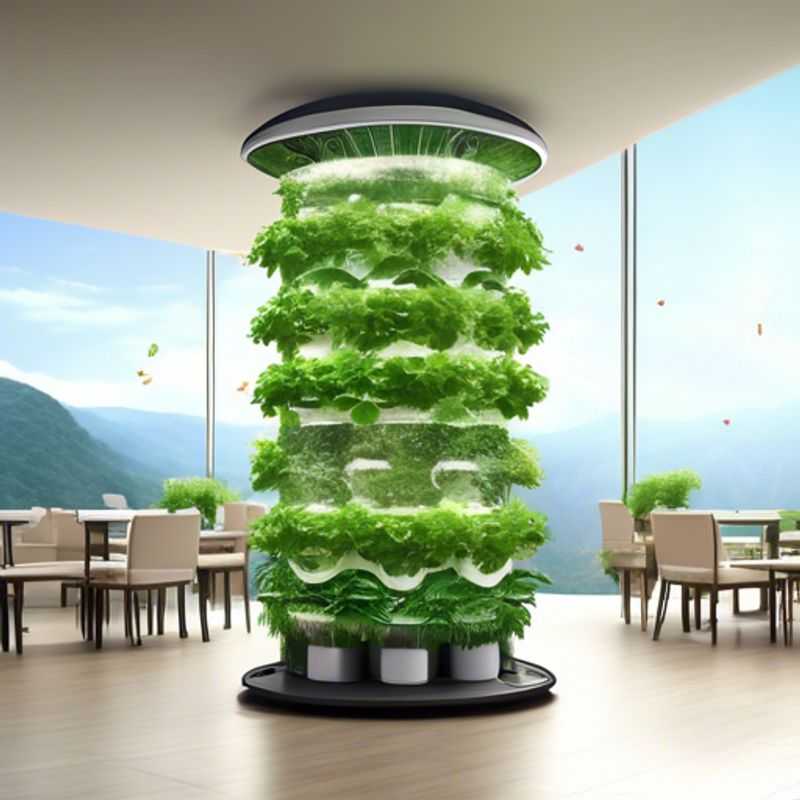
Top Things to Know Before Buying an Exo Vertical Hydroponic Garden Tower System
Looking to add a touch of green to your home while maximizing space and efficiency? An Exo Vertical Hydroponic Garden Tower System might be the perfect solution for you.

Vertical Gardening Made Easy: A Self-Watering, Self-Fertilizing System
The self-watering and self-fertilizing vertical garden system is an innovative gardening solution designed to maximize space and efficiency, making it ideal for urban environments. This system employs a reservoir that automatically supplies water to the plants, reducing the need for daily watering and ensuring optimal moisture levels. Additionally, it incorporates a fertilizing mechanism that gradually releases nutrients, promoting healthy plant growth without the need for frequent manual fertilization.
To set up this system, you will need to consider several factors, including initial costs such as the purchase of the vertical garden unit, soil, and seeds or plants. Depending on the design, the system may also require installation fees if professional help is needed. Maintenance costs might include occasional replacement of plants, fertilizers, and water refills. It’s essential to factor in utilities as well, since the system may utilize electricity for any integrated pumps or timers.
For those interested in sustainability, this system promotes water conservation and minimizes waste by recycling nutrients, making it an eco-friendly choice. It's particularly beneficial for individuals who are often busy, as it significantly reduces the time and effort required for traditional gardening. Overall, the self-watering and self-fertilizing vertical garden system is an efficient and sustainable gardening solution worth considering.
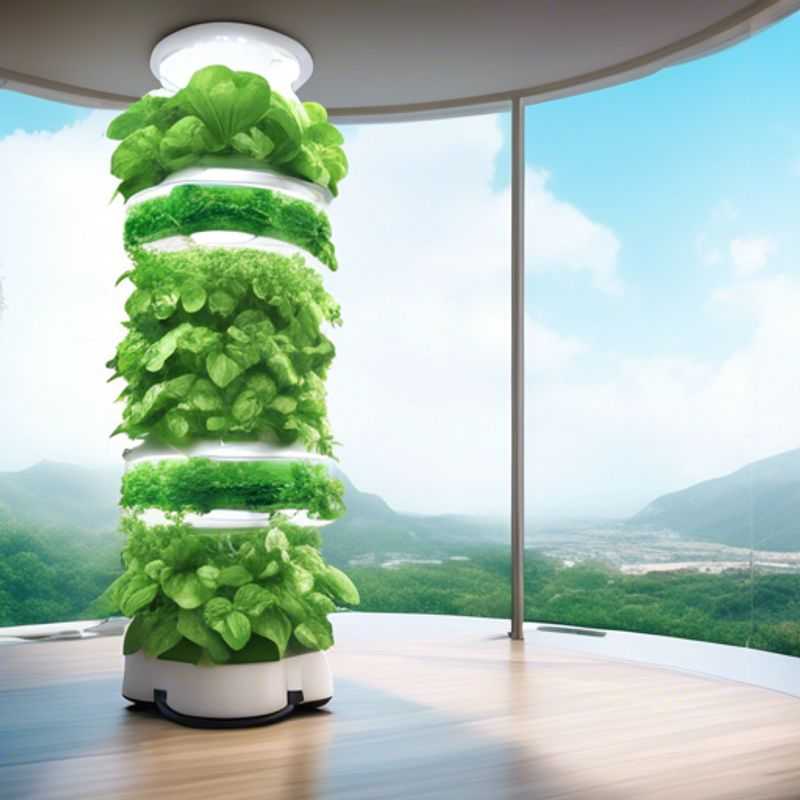
Grow Your Own: A Versatile System for Herbs, Vegetables, and Flowers
This sounds like you're describing a garden! Gardens are great for growing herbs, vegetables, and flowers. To get started, you'll need to choose a location with enough sunlight and good soil. You'll also need to think about what you want to grow and how much space you have. Planning is key. It's best to do some research on what plants thrive in your climate and how much space they need. You might also want to consider a raised bed or container garden for easier access and control.
If you're looking to save money, you can start seeds from home. You can also use recycled materials to build your garden beds or containers. You'll need to invest in soil, seeds, and perhaps some tools. Don't forget to factor in water usage, which can be reduced by using drip irrigation or rainwater harvesting.
With a bit of planning and effort, you can have a thriving garden that provides fresh food and beautiful flowers. Remember, you can always find more information online, and there are many helpful resources available to guide you.
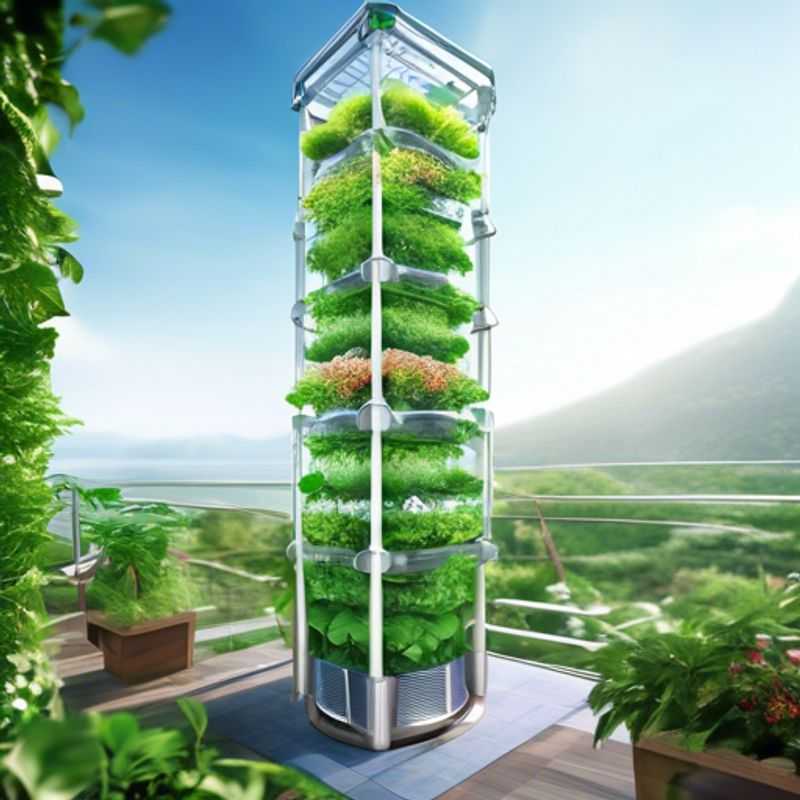
Built to Last: The Durable Plastic Construction of This Tower
Tower construction using durable, food-grade plastic materials offers a compelling alternative to traditional construction methods. This approach boasts several advantages, including cost-effectiveness, durability, and sustainability. Plastic towers can be rapidly assembled and disassembled, making them ideal for temporary or modular structures. The use of food-grade plastic ensures the safety of the materials and eliminates concerns regarding harmful chemicals. Additionally, these towers are lightweight and easy to transport, reducing the need for heavy equipment and transportation costs. The recyclability of the plastic materials further enhances the sustainability of this approach.
When planning a plastic tower project, it's essential to consider factors such as the intended use of the tower, the required size and height, and the necessary load-bearing capacity. Depending on the scale of the project, you may need to engage engineers and contractors to ensure compliance with local building regulations. The cost of materials, labor, and permits should be factored into your budget. While plastic towers provide a practical and economical solution, it's important to conduct thorough research and obtain professional advice to ensure a successful and safe construction project.
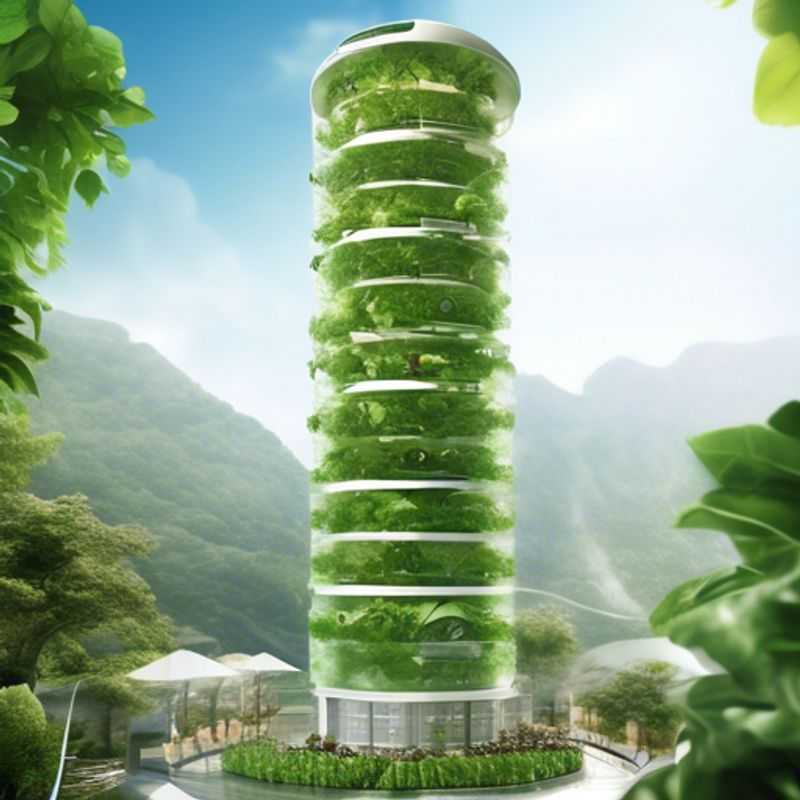
Automated Watering Systems: The Convenience of a Water Reservoir and Pump
An automatic watering system with a water reservoir and pump offers a convenient and efficient way to keep plants hydrated. The system typically includes a water reservoir to store a large volume of water, a pump to deliver water to the plants, and a control system to regulate the watering schedule.
Key components:
• Water reservoir: The size of the reservoir will depend on your watering needs and the frequency of refills. Consider the size of your garden or plants and the amount of water they require.
• Pump: The pump is responsible for moving water from the reservoir to the plants. Choosing the right pump capacity is crucial for ensuring adequate water pressure and flow.
• Control system: This component manages the watering schedule. There are various control options available, ranging from simple timers to more sophisticated systems that use soil moisture sensors to adjust watering based on plant needs.
Advantages:
• Convenience: Automatic watering systems eliminate the need for manual watering, freeing up your time.
• Efficiency: They ensure consistent watering, preventing overwatering or underwatering.
• Water conservation: They deliver water directly to the plants, reducing water waste through evaporation or runoff.
Considerations:
• Cost: The initial cost of an automatic watering system can vary depending on the features and size of the system. It's essential to factor in the cost of the reservoir, pump, control system, and any installation expenses.
• Maintenance: Regular maintenance is required to keep the system functioning properly. This may include checking the water levels, cleaning the reservoir and pump, and replacing worn-out components.
Installation:
• DIY Installation: Some basic automatic watering systems are relatively simple to install yourself. However, complex systems may require professional installation.
• Professional Installation: If you're unsure about the installation process or dealing with plumbing connections, it's best to hire a professional for a hassle-free experience.
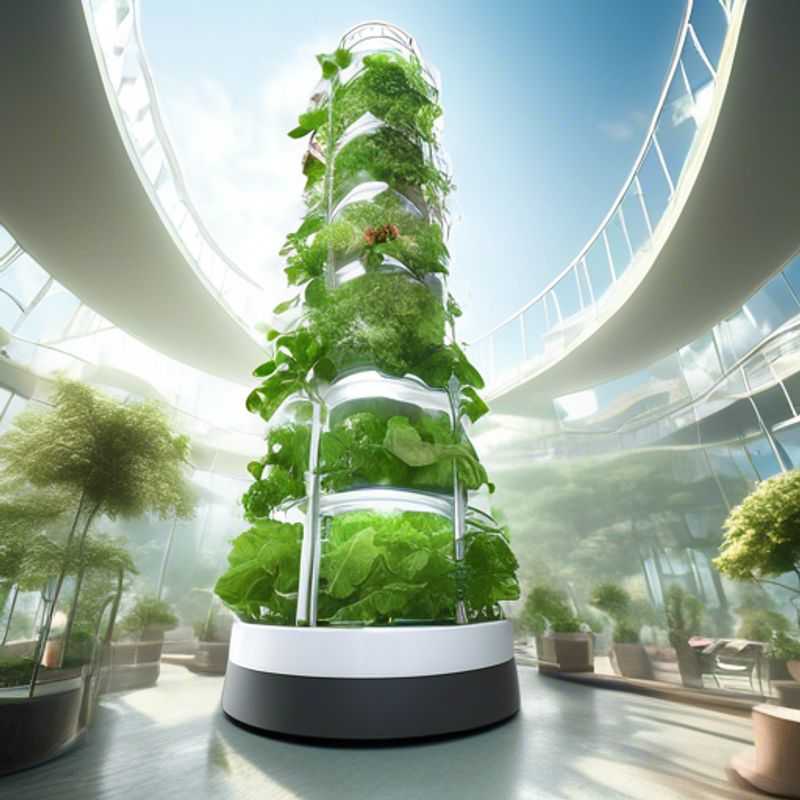
Built for Any Environment: Indoor and Outdoor Versatility
The system is designed for both indoor and outdoor use, making it versatile for various applications. It typically features weather-resistant materials to ensure durability in outdoor settings while maintaining an aesthetic appeal for indoor environments. Key functionalities may include adjustable settings to accommodate different lighting, temperature, or usage requirements, enhancing user experience regardless of the location.
When planning for such a system, consider potential installation costs, which can vary based on complexity and location. Additionally, maintenance fees should be factored in, especially for outdoor installations that may require more frequent upkeep due to environmental exposure. Some systems may also offer extended warranties or service plans, which can provide peace of mind but will add to the overall budget.
It is essential to evaluate the energy efficiency of the system, as this can significantly impact long-term operational costs. Users should also be aware of any accessories or add-ons that might be necessary for optimal performance, which can further influence the total investment. Always research and compare different options to ensure the best fit for your specific needs.
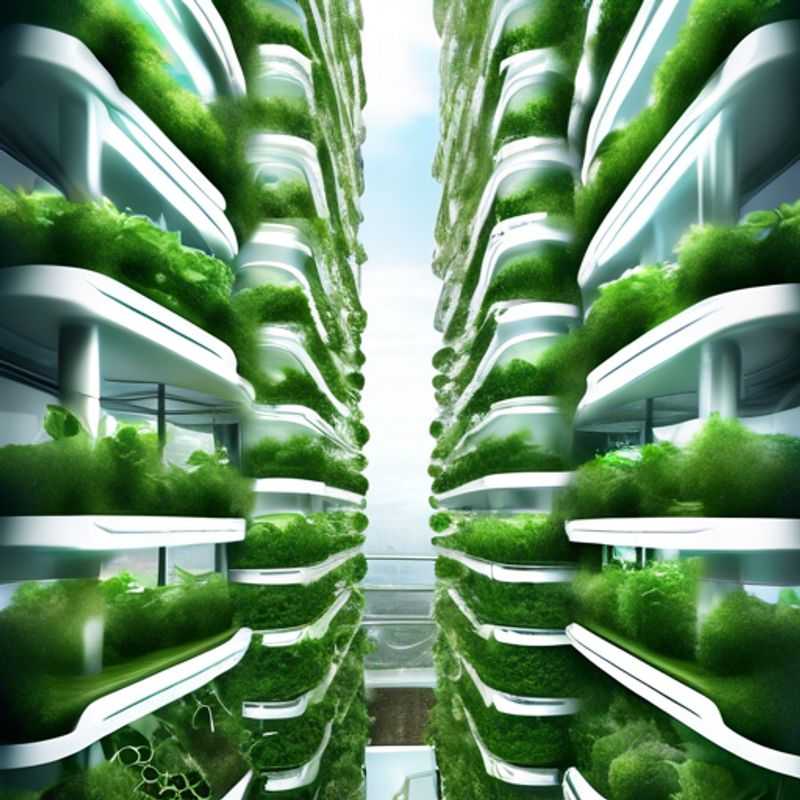
Low-Maintenance and Easy Setup: A Practical Guide
Setting up and maintaining "It" can be remarkably simple, demanding minimal upkeep. This makes it a highly attractive option for those seeking efficient and cost-effective solutions. Here's what you need to know:
Ease of Setup: The straightforward setup process minimizes the need for specialized skills or expensive installation services. This translates to a quicker and more affordable initial investment.
Low Maintenance: The design of "It" prioritizes low maintenance, reducing the frequency of repairs and upkeep. This results in long-term cost savings and minimal disruption to your operations.
Cost-Effective: Minimized maintenance requirements translate into reduced operational expenses. These savings are significant over time, making "It" a financially sound choice.
Sustainability: The reduced maintenance needs and long-term durability contribute to a more sustainable solution, minimizing resource consumption and waste.
Important Considerations: While setup and maintenance are generally simple, there might be periodic costs associated with routine checks, consumables, or software updates. Always factor these potential expenses into your overall budget plan.
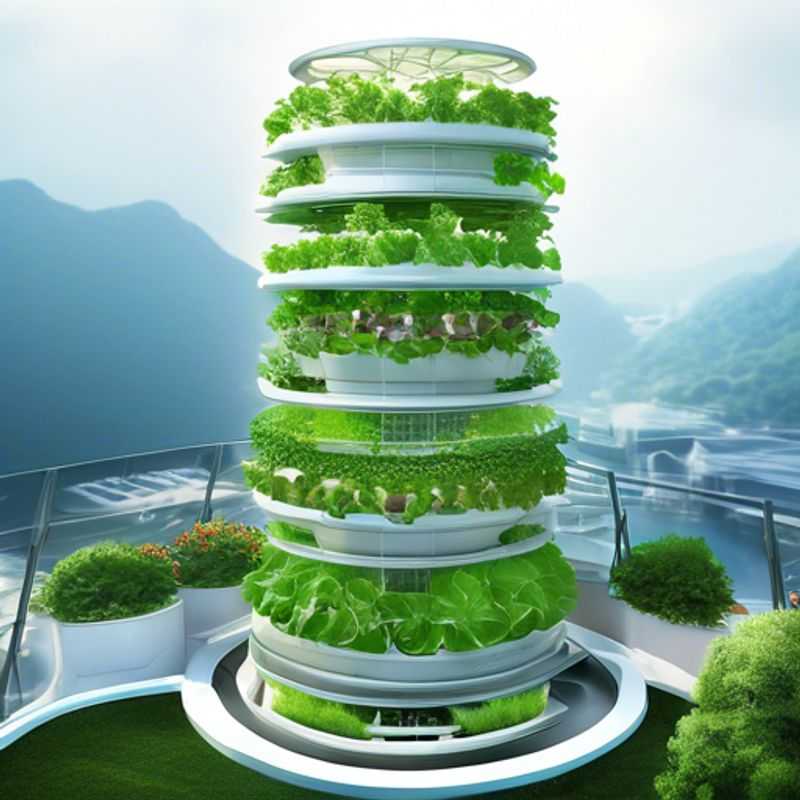
Maximize Your Vertical Garden: A Tower for 20 Plants
A vertical garden tower can be an efficient and space-saving solution for growing a variety of plants. It's important to choose a tower that suits your needs and provides adequate space for your plants. A tower that can accommodate up to 20 plants provides ample room for a diverse selection of herbs, vegetables, or flowers. Ensure proper drainage and ventilation are provided to prevent root rot and encourage healthy plant growth. While purchasing a pre-built tower can be convenient, it's often more economical to create your own tower using readily available materials like PVC pipes or recycled containers. This DIY approach allows for customization and personalized design to meet your specific requirements. Consider incorporating a watering system for efficient irrigation and maintaining optimal moisture levels.
